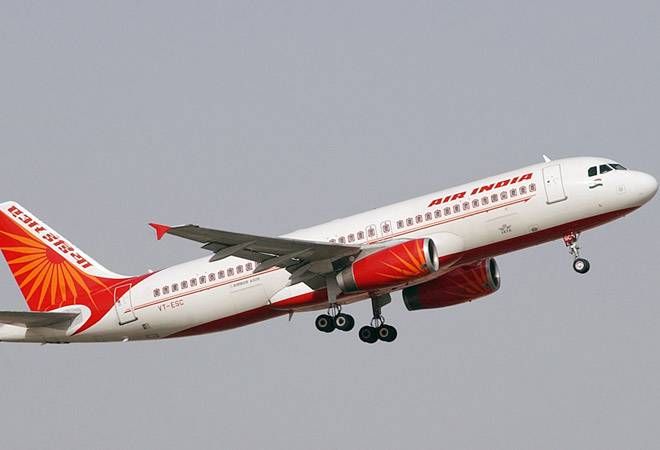As the government prepares for the disinvestment of the state-run Air India, the carrier is in the process of hiring 500 cabin crew staff to fill positions in its northern (situated in Delhi) and western regions (situated in Mumbai). Air India will be hiring 337 females as compared to 163 males for candidates in the age group of 18 to 35 years.
For the national carrier, which has 13.3 per cent share in the domestic market and 10.5 per cent share in international passenger traffic, the hiring of such magnitude seems rather inappropriate at this point in time. If the airline is going for sale, the need of the hour is to resist making significant changes in the structure of the carrier. Since the carrier is not going for major expansion, the hiring of large number of cabin crew staff doesn’t make sense.
Historically, AI’s recruitment practices are far from satisfactory. On most parameters – employees per aircraft, average employee cost, efficient utilisation of resources – the airline seems to be lagging behind its peers in domestic and international markets.
Comparing Air India with IndiGo, which has 39.7 per cent domestic and 5.2 per cent international traffic share, will highlight the inefficiencies in the Air India’s recruitment process. AI (along with other group airlines Air India Express and Alliance Air) employed 13,518 employees, including pilots, cabin attendants, ticketing and sales staff, in 2016/17. IndiGo operated almost on a similar scale. It had 131 aircraft as compared to AI and group airlines’ 145 aircraft. IndiGo’s staff strength (everything included) was also similar: 14,604.
That’s where the similarities end and the differences start. Air India’s total personnel cost was Rs 2,841.48 crore (in 2016/17) which translates into average employee cost of Rs 21 lakh per annum. The average cabin attendants cost was even higher at Rs 24 lakh per annum. IndiGo’s average staff cost was Rs 14 lakh (67 per cent of AI’s employee cost), and average cabin attendant cost was just about 25 per cent of AI’s cabin attendant costs (at Rs 6.1 lakh per annum).
With that kind of inefficiencies, hiring more people will perhaps act as a deterrent for a new buyer. As per reports, the government is planning to split the airline into four entities – core airline business (Air India and Air India Express), regional arm (Alliance Air), ground handling and engineering operations. Each entity will be sold separately with at least 51 per cent stake on offer. The disinvestment process is likely to be completed by the end of 2018.
A few days ago, Turkey’s Celebi Aviation Holding which has shown interest in buying AI’s ground handling unit, has said that “the bid value of AI will fall if the government asks buyers to keep the airline’s employees on payroll.” Early in January, the newly-appointed AI chief Pradeep Singh Kharola had issued a stern message to employees to “perform or perish”.
AI’s financial health is not good, and it can barely afford to take significant risks. Its debt stands at Rs 51,890 crore. The past attempts to revive the fortunes of AI have failed miserably. The airline has to tread with caution if the privatisation process has to succeed.


